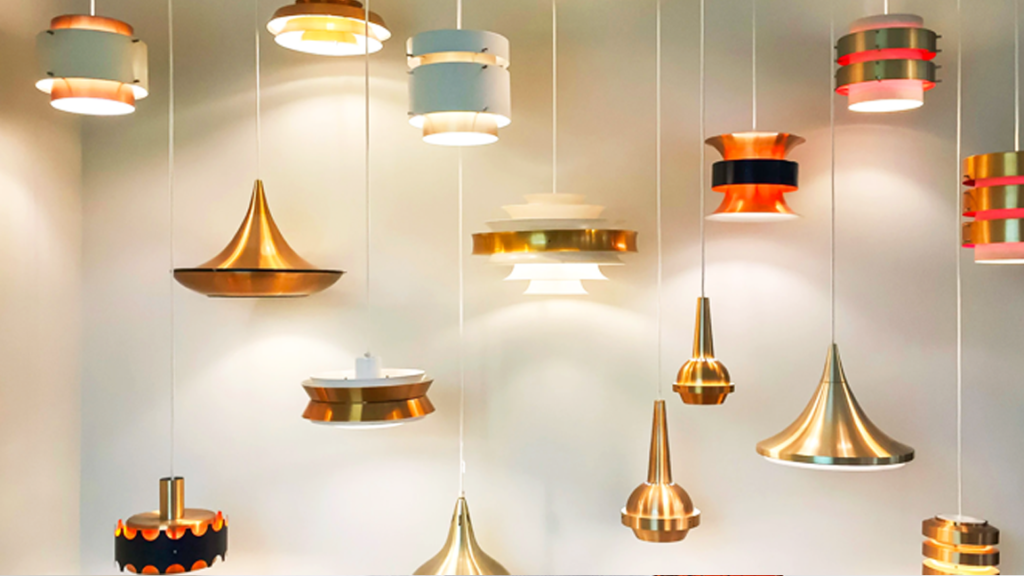
Over the last 10-20 years, many consumer-grade lighting technologies have been released to the masses. Most common and notable of which are LED bulbs. LED (light-emitting diodes) lamps and bulbs have made a huge splash worldwide in all market sectors and have enabled more homeowners to use color-changing lights.
Driven by cost and energy-efficiency standards, LED bulbs have increased in use everywhere, mostly replacing traditional incandescent bulbs. It would be hard to find a home, business, lamp, or toy today without an LED bulb inside of it.
LEDs also can change colors among the RGB color spectrum; meaning, there are bulbs out there that just don’t turn on or off but can change the lightwaves they produce, creating a different color for whatever the occasion calls for. These bulbs can also be controlled from a desktop or mobile app via wi-fi connectivity. Some of the most popular of these smart-bulb lights systems are Phillips Hue and Wyze bulbs.
As a color specialist, I get asked quite a few questions about smart-lighting technology and how people should approach the systems in their homes regarding color schemes. These questions prompted me to write this article to explore the positives and negatives of color-changing lights!
Like all new technologies, some will find smart lighting technology more of a nuisance than an inspired convenience, while others will find it to be the best thing since sliced bread. Smart lighting systems are geared towards people who are not necessarily tech-savvy but more “tech-oriented” than most.
The systems are best controlled through mobile devices. Old fashioned switches and dimmers do not integrate best with these lighting systems. LED bulbs are notoriously finicky when using dimmers, although some bulbs are better than others. Before buying a bulb or light that requires LED bulbs, I suggest asking how well they work with dimmers, if at all.
So, if you’re someone who likes traditional lighting controls and couldn’t see themselves adjusting the color of their interior or exterior lighting, smart lighting systems may not be for you.
For someone who has already adopted smart-home technologies and loves running appliances and such from their phone, a smart-lighting system will be lots of fun…Read on!.
From a color consultant’s perspective, color-changing smart-lighting systems can do many fun things, and if used correctly, they can create color inspiration. They will, however, definitely influence the colors of your home, so make sure you consider this before buying a fixture or painting your walls!
Below, I will list the positives and negatives I associate with color-changing lights and smart-lighting systems.
Controlling Your Colors
One of the best, if not the best, aspects of color-changing LED bulbs is their ability to manipulate the lighting to set the desired mood with color instantaneously. What do I mean by this? For example, most smart-lighting systems allow you to adjust the intensity of the light wavelength, meaning you can create lighting scenes that are warmer or cooler.
If it’s a cold evening outside and you want to replicate the warmth of a roaring fire, you can set lighting systems to replicate those warm color tones and make the room cozy. If you feel like you want a cooler hue in the space, you can create an airy blue-white color scheme and cool yourself and your guests down.
What’s even more exciting is that many of these systems now have presets to adjust colors to recreate an environmental setting.
For example, a preset scene like “beach sunset” will direct different bulbs in the space to change to deep oranges, purples, whites, and blues to replicate all the natural outdoor color palettes.
Believe it or not, you could also choose a scene like “evening in Hong Kong,” which will direct the system to create vibrant/electric colors and replicate the neon lighting that adorns the city skyline. The scenes are truly endless, with more being created every day. Clearly, this takes lighting and interior design to a whole new level!
Superficial Treatment
As a color expert, who has spent decades with color on all types of residences and commercial properties, I will be the first to tell you that artificial lighting can only do so much to orient the mood and color of any space.
Smart-lighting systems are the latest tool to manipulate how color appears in your home, but they will only improve on the colors of your home if you like what you started with!
Whether it’s your home’s interior paint colors or exterior paints colors, lighting systems only have the power to “mask” or “dress” the color scheme for particular circumstances.
When I look at rooms in any residence, I think about the history of the building, the emotional intentions of the space, the daily use of the space, the client’s tastes, among countless other variables to determine what beautiful paint colors will enrich the space. I consider what will work best under natural lighting conditions and, sometimes, artificial lighting conditions.
No one, neither homeowners nor business owners, will choose a color palette based on what will look best under smart-lighting presets or party scenes. It’s just not practical.
The point I’m trying to get across here is that as fun and useful as smart-lighting systems can be, they are superficial lighting changes, not color palettes to live with or be inspired by.
How do you feel about color-changing smart-lighting systems? You can simply use color fixtures or lighting fixtures with bulbs that will change colors. Are you a believer? Do you love them or stay away from them? Somewhere in between?
I’d love to hear how your lighting systems at home impact your color arrangements and choices!